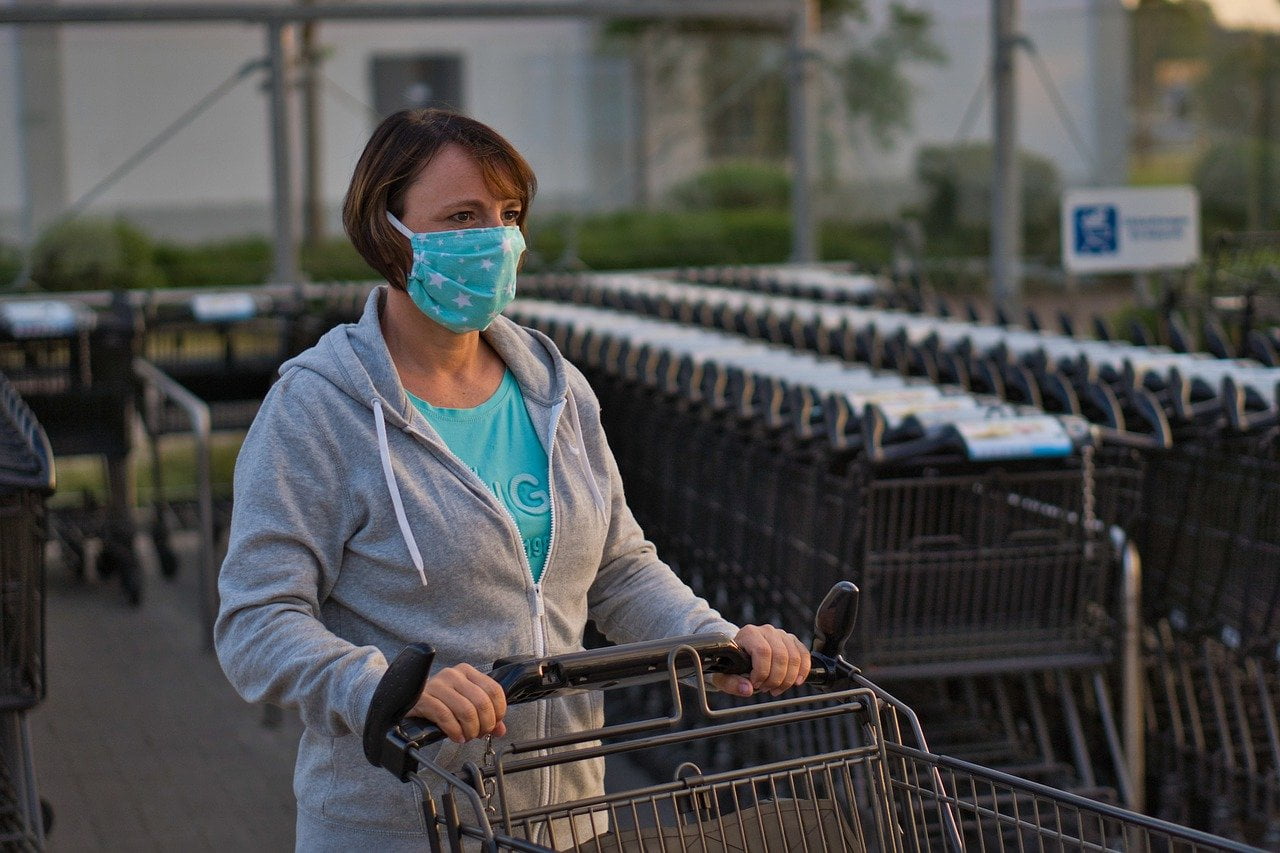There’s no denying that the coronavirus has put the world’s GDP at risk, but estimates for the amount of GDP that will be lost varies widely. The Centre for Risk Studies at the University of Cambridge Judge Business School puts the estimate of GDP at risk due to the coronavirus between $3.3 trillion and $82.4 trillion.
Q1 2020 hedge fund letters, conferences and more
In a press release, the university said the amount of GDP that could be lost over the next five years could as little as 0.65% of five-year GDP at $3.3 trillion in an optimistic scenario. In a worst-case scenario involving a major economic depression, the world could lose 16.3% of its GDP or $82.4 trillion. The mid-range scenario for GDP at risk from the coronavirus is 5.3% or $26.8 trillion over the next five years.
The Risk Centre estimates that the amount of GDP at risk in the U.S. will be between $550 billion, or 0.4% of GDP over five years, and $19.9 trillion, or 13.6% of five-year GDP. In the U.K., the amount ranges from $96 billion, or 0.46% of GDP to $3.5 trillion, or 16.8% of GDP over five years. In China, the amount of GDP at risk from the coronavirus is expected to be between $1.03 trillion or 0.9% and $19.2 trillion, or 16.5% of GDP over five years.
The Risk Centre's GDP at Risk metric was designed to standardize various types of threat. The calculations are not forecasts, but rather "projections based on various plausible scenarios that could unfold in the next five years related to the economic impact of COVID-19," Risk Centre Chief Scientist Dr. Andrew Coburn explained.
Four possible scenarios
The metric examines four possible scenarios for the economic impact from the coronavirus. The first scenario represents an optimistic recovery path in which pent-up demand drives a rapid recovery with overshoot on the rebound. In this scenario, short-term results end up being better than currently expected.
The next step up matches consensus or the mid-range of forecasts by economists. It calls for a slow recovery curve with some period of economic growth occurring before the actual recovery. The next step is a pessimistic outlook that assumes structural damage to the economy and a long recession.
Finally, the worst-case scenario assumes a long-term recession during which the economy tips into depression. This worst-case scenario includes negative assumptions like second waves of the coronavirus or protectionist policies.






